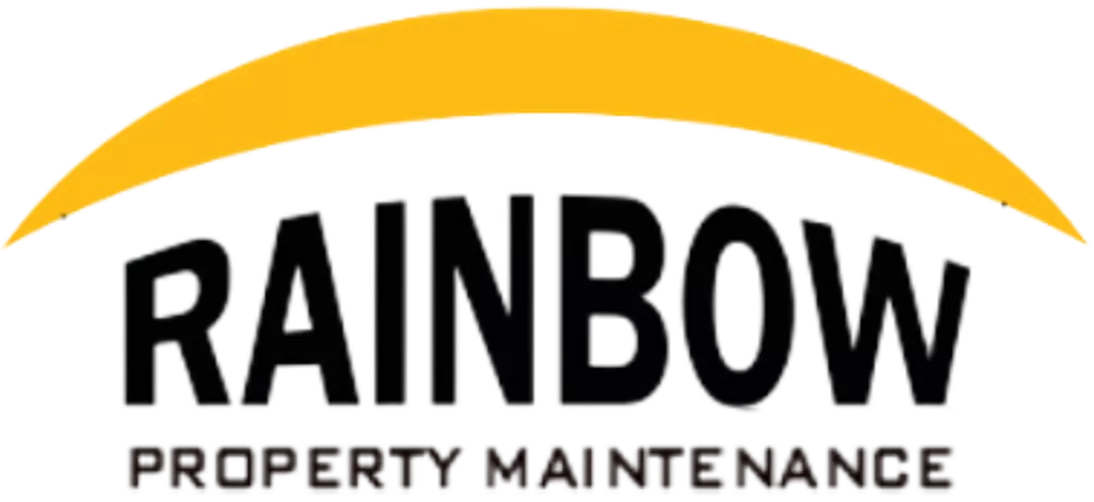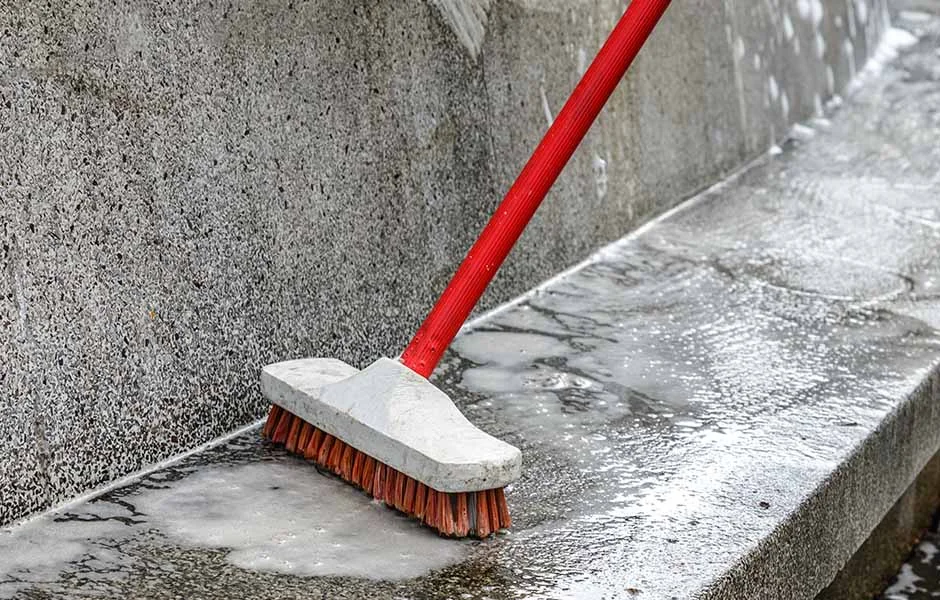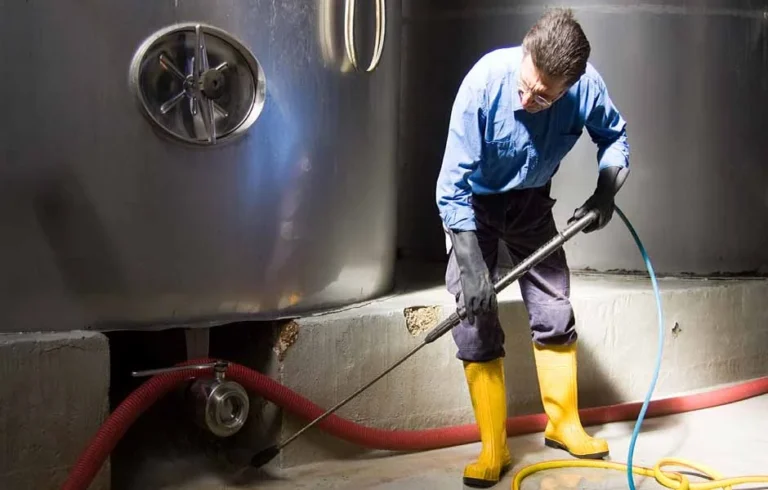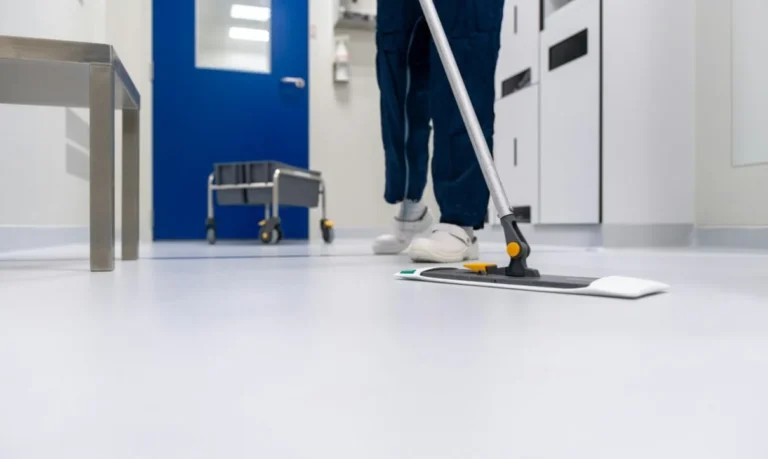The Basics of Cleaning Concrete Floors
Just as with every other type of flooring, concrete also requires floor maintenance. In this article, we will discuss how to clean concrete and we will show you other tips on how to care for your concrete’s quality.
Is Concrete a Good Choice for Flooring?
Concrete is a stone-like mass composed of binding materials, aggregate, water, and admixture. Its strength and durability depend on the appropriate proportion of this mixture. Once these ingredients are mixed up, they bind themselves and turn into a strong mass which is significant in any construction work.
Concrete is one of the cheapest yet most durable choices for the type of flooring you want for your home. It is one of the easiest to handle when it comes to floor maintenance and can be modified based on your desired design.
Concrete is also considered eco-friendly; it does not consume natural resources, and it hinders the building up of molds and odor from stains which lessens the need for cleaning and floor maintenance. Additionally, concrete’s heat capacity allows it to absorb warm air, keeping your place cool without requiring too much air conditioning.
As mentioned, it is cheap in spite of the benefits you can have from concrete flooring. According to HGTV, you can have concrete flooring for as low as $2 per square foot.
Regardless, it is important to look after the state of the concrete; getting better educated on floor maintenance can help you preserve the quality of concrete’s structure, concrete floorings may require few forms of floor maintenance including cleaning and resealing after being exposed to foot traffic and other natural occurrences.
How to Clean a Concrete Floor?
Step 1: Remove all objects
Before you actually start with the cleaning process, you must first deal with any large objects before heading to the smaller ones. Remove the furniture (e.g. bench, table, shoe rack, potted plants, etc.) that blocks your cleaning area before you sweep off loose dirt and debris building up.
Step 2: Clean Concrete Flooring
To clean, you may use dish soap or any type of degreaser to scrub off the dirt from the cement. Some also use vinegar, baking soda, or muriatic acid as cleaners, depending on what type of stains need to be removed are all recommended by floor maintenance experts.
As a starter, create a mixture of dish soap and water to apply to the surface using a stiff bristle brush or a mop. Let it sit for a while, and then mop the surface with clean water. You may also use a garden hose to wash off the soap on the floor.
Step 3: Add Sealer
If your concrete flooring requires to be sealed, or when you desire to, wait for another 24 hours after the cleaning to air dry. You can also use a blower if you want to speed up the drying and apply the sealer immediately.
There are different types of sealer for concrete floors, but you may use an Acrylic Sealer which is economical but beneficial to the type of flooring that is more exposed outside. It is also UV-resistant, non-yellowing, and water-repellant, avoiding moisture to be easily absorbed by the concrete flooring. One key role in floor maintenance is knowing what products are the most appropriate for your flooring needs.
If you’re unsure what type of sealer to use, you may also check the different types of sealers that are good for patios or with a floor maintenance expert in your area.
Pressure Washing
Pressure or power washing is an effective way of cleaning off stains from a concrete surface. You may rent or purchase a gas-fueled or electrical pressure washer to clean your flooring and aid in other floor maintenance.
If it is your first time using one, test the power washer first to see the effects on your concrete. Be careful though, as cleaning your flooring with a pressure washer can actually damage your concrete if not handled well. If you are unsure, you may hire a professional cleaner with concrete floor maintenance experience.
Cleaning Organic Stains
Cleaning Oil Stains
Apply baking soda or cornstarch to the stain for 20-30 minutes to absorb the oil out of the concrete. You may also create a paste by mixing a bit of water with the baking soda to scrub it on the stain spot. After that, you may wash or sweep off the baking soda from the stained area. If the oil stain was old, you may continue to use a degreaser if necessary.
Cleaning Rust Stains
To remove rust on the concrete, the most economical and eco-friendly way is to spray vinegar on the stained spot. Let it sit for at least an hour and scrub the stain gently with a stiff-bristle brush. If the stain does not improve, you may continue using a concrete rust remover. While floor maintenance experts encourage the use of vinegar and other eco-friendly cleaners you should keep in mind that vinegar has the potential to eat the sealing on your concrete flooring.
Cleaning Molds and Mildew
Molds are one of the easiest stains to deal with in floor maintenance. But if it does not improve the condition of your concrete, you can use a mixture of bleach and water to scrub the stained area. Make sure to wear protective gear to avoid irritating and getting burns on your skin caused by bleach or any other chemicals you may come across when performing floor maintenance.
Cleaning Dog Urine
Dog urine is one of the organic stains that is hard to remove when it comes to floor maintenance. The best cleaning solution to use for cleaning this type of stain is using bleach or ammonia. Let it sit for a while before scrubbing it off with a stiff-bristle brush.
Concrete Floor Maintenance
Additionally, here are some extra tips to ensure your concrete floors stay looking good as long as possible:
- Reseal your concrete patio every 2 to 3 years.
- Make sure that no leaves or any debris that easily stains stay on the floor.
- Installing a shade structure can lengthen the quality of your concrete flooring.
- Inspect any damages on the concrete before the cleaning process happens.
- Ensure that your downspouts do not drain directly where the concrete can soak the water.








